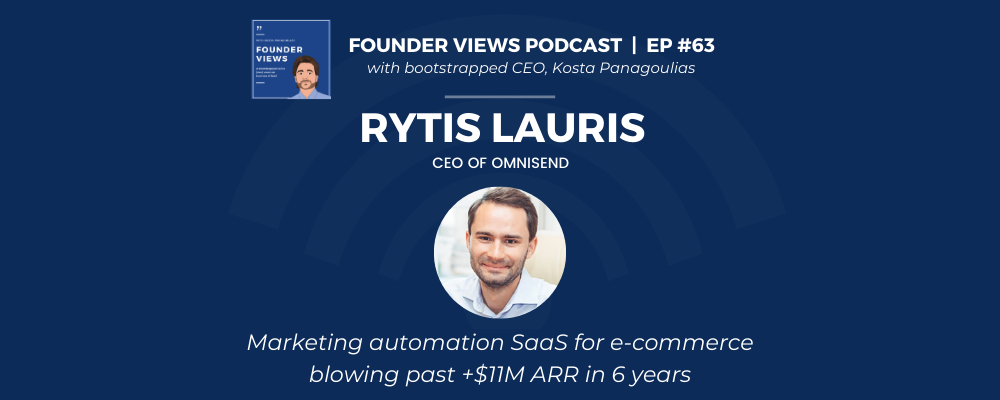One thing I’ve learned while managing a growing company, is that hiring the right people isn’t easy. My hiring and interviewing process has evolved quite drastically over the years. I’ve learned that hiring is a true skill that gets better over time and with experience.
As I’m writing this post, I’m currently in the process of hiring two new team members, so I thought I’d document my hiring process into 10 steps:
1. Write out your Job Post
I have job postings written out for every position in our company. It’s important to review your existing job posting and make sure it’s up to date. In a dynamic company, job objectives and responsibilities are constantly evolving, so it’s important your job posting is relevant and current.
You should really take some time to think about your ideal candidate, the skills they should possess, and their experience requirements. Your job post should be thorough, realistic and enticing enough that will get potential candidates excited!
2. Post the Job
As a remote company, we have the competitive edge and luxury of being able to source candidates from all over the globe. We’ve had success posting jobs on sites like Upwork, Indeed, and most recently, remote.co. To get enough good quality candidates applying to your post, sometimes you have to pay these platforms for more views. As a lean bootstrapped company, I never liked paying for these job postings, but what I’ve learned over the years is that the investment is totally worth it. That’s saying a lot for someone who’s all about stretching a dollar!
3. Organize and Vet Qualified Applicants
Once your applicants start rolling in, you should carefully go through them and start filtering the ones you want to engage with further. I suggest using an HR/recruiting platform, or even a custom Excel sheet that can help organize your applicants, create notes, etc.
After speaking with dozens of candidates, it’s easy to forget who is who, what was said, and what stands out about certain candidates. That’s why organization and documentation is very important.
4. Make Your Initial Contact
My first contact with applicants is always email. I like to exchange a couple of emails with applicants to get a sense of their response time, communication style, and grammar. As a remote company, efficient communication is vital for success. These initial emails will also enable me to see who is taking initiative to learn more about the company, and who is thoughtful and creative enough to stand out.
5. Scheduling the First Phone/Skype Conversation
It’s important to be as efficient as possible when scheduling phone calls, which is why I use Calendly to schedule phone chats with qualified applicants. When calls are scheduled, it adds accountability with applicants and shows their promptness, commitment, and true desire for the role. These first conversations are pretty informal. My main objectives are to try and get to know the applicant’s personality, their background, their intentions, and try to imagine if they would fit in with our company culture.
6. Create a Shortlist
After the first round of phone conversations, you should easily be able to create a shortlist of your favourite applicants. I like to wait about one week after speaking to applicants before following up. This time allows you to see who is taking further initiative and eagerness to follow up with you about the position.
7. Second Call with Shortlist Applicants
Once the shortlist of applicants is finalized, I send them out an email to book a follow up call. The second call is usually the stage where the top applicants really shine. This is when you can see who has done further research about the company, who asks more in-depth questions about the role, and who is truly hungry for the position.
8. Third Call with the Department Manager
At this stage, I’ve usually narrowed it down to 2-3 candidates, max. I then schedule a third call, but this time with the manager of the department we’re hiring for. The department manager asks most of the questions during this call, and quarterbacks the conversation. Since they are the ones that will be working closest with the candidate, I want the manager to try and feel out the candidate and get their first impression about them to see if it’s aligned with mine. It almost always is!
9. Send a Test/Scenario to Top Candidates
Depending on the role we’re hiring for, we then ask the top candidates to do a small task pertaining to their role. For example, if it’s a support role, we give them some material to go through and then ask them some real life support enquiries and see how they tackle them.
When you think your candidates are neck and neck, and you’re having a tough time deciding, the tests results are usually always the determining factor.
10. Send the Job Offer!
Once the tests are complete, it should be pretty clear who the best candidate is. In 100% of cases, I have always been aligned with the department manager’s decision as well.
Once agreed, I send the applicant the job offer!






